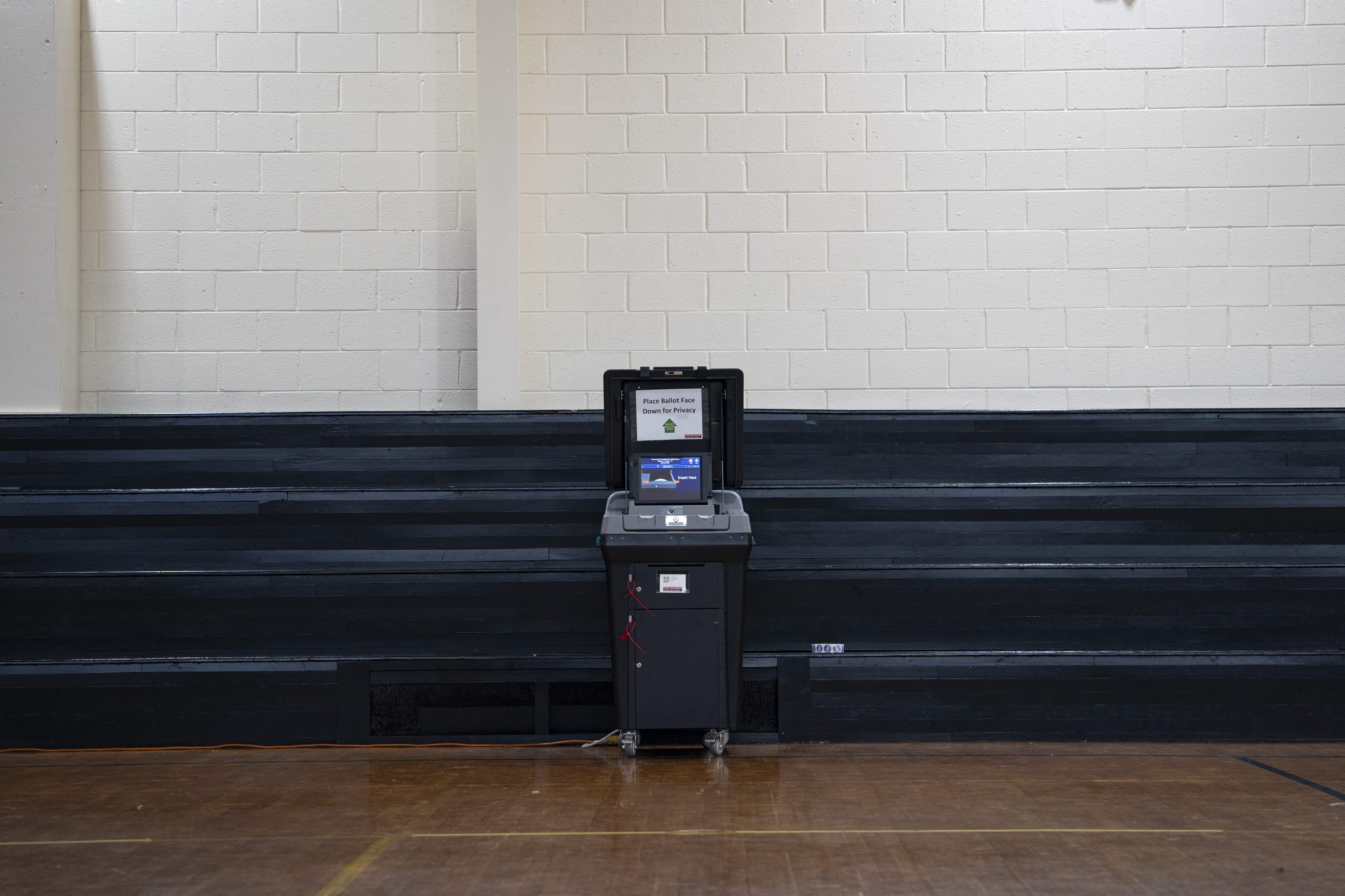Published on June 17, 2024
Later this year, Americans head to the polls in what promises to be another fraught presidential election. Over the course of US election history, there have been allegations of voter fraud, hanging chads, criticisms of accuracy and outright denial of the result.
Elections are a cornerstone of democracy, which makes maintaining public confidence and trust in their outcomes vital.
Creating nuance through risk-limiting audits
A risk-limiting audit (RLA) combines statistical and algorithmic methods to take a more nuanced approach.
Invented by statistician Professor Philip Stark of UC Berkeley in the early 2000s, the overall process still involves randomly sampling ballot papers and comparing them with electronic data produced by the tabulation system.
However, in an RLA, a 'risk limit' is set in advance.
This is a limit on the probability that the audit mistakenly accepts a wrong outcome. We can think of the audit process as gradually collecting evidence that either supports the reported outcome, conflicts with it, or has no bearing.
Once we have enough supporting evidence, we can stop the audit and accept the outcome. Otherwise, the audit may escalate to a full, manual hand-count.

Sciences & Technology
Challenging decisions made by algorithm
An RLA has several advantages over a traditional tabulation audit. RLAs generally reduce the number of ballots officials must sample, lessening their workload and tailoring the size of the sample to the margin of the election itself.
Discrepancies or errors are considered in terms of their potential influence on who won, avoiding costly full hand-counts when observed errors could not have changed that outcome.
Importantly, RLAs provide statistical guarantees that we don't get from a traditional audit. They limit risk, while traditional audits do not.
Preferential voting vs first-past-the-post
RLAs were originally designed only for the simple plurality method used in the US (sometimes called 'first-past-the-post' here in Australia).
Voters choose one candidate (or sometimes several candidates), and the candidate with the most votes wins. This system has been widely criticised.

In response, parts of the US are transitioning away from their 'first past the post' system to preferential voting, where voters can express a preference ranking over the list of available candidates that is then considered in tabulation.
Roughly 50 American voting jurisdictions have now adopted this system for some of their elections, and it is being considered in Canada and the UK.
This raises an important question: can we design a valid RLA for preferential voting?
The most common preferential election system is called Instant Runoff Voting (IRV). In Australia, we use it for the lower houses of most of our State and Federal Parliaments (ie the House of Representatives).

Politics & Society
Biden’s bid to strengthen global democracy
These elections are counted in rounds. Each candidate is initially given all the ballots where they are ranked first (highest).
The candidate with the smallest pile of votes is eliminated. The ballots in their pile are then added to the piles of the next-most preferred candidate who has not yet been eliminated. This process of elimination, and re-distribution of ballots, continues until there is one candidate left or one candidate holds a majority of the votes.
But incorporating IRV requires significant advances in RLA algorithms.
Our research has developed the first feasible methods for conducting RLAs for IRV, and some other preferential elections.

A new algorithm to verify results
Our algorithm, called RAIRE, looks at the outcome and votes produced by a voting system, and breaks it down into a finite set of statements, called 'assertions', that can be statistically verified using existing RLA methods.
These assertions make claims like “Diego will always have more votes than Claire” or “Chuan has more votes than Theresa if we assume only Chuan, Theresa and Bernard remain standing”.
RAIRE generates a set of assertions so that if they are all true, then the announced winner won.
It minimises the expected number of ballots officials will have to sample, if the electronic results are indeed correct.
As ballots are sampled in the audit, our method analyses what the sample means in relation to each of these assertions and uses this analysis to decide if the risk limit has been met and the result can be accepted.

Sciences & Technology
Where’s the proof internet voting is secure?
Our methods, available in open-source software packages, have been piloted in a number of elections in the US from 2019 onward. These include a District Attorney's race in San Francisco in 2019, and three Democratic National Convention Presidential Primaries in 2020.
In November 2023, RAIRE was used in the first ever official RLA of an IRV contest, in Boulder, Colorado.
From 2025, RAIRE will be used to audit instant runoff voting elections in Colorado through a collaborative project between the Colorado Department of State and Australian not-for-profit Democracy Developers.
Through an Australian Research Council Discovery Project grant, we are extending our research to more complex forms of preferential voting, including the Australian Senate and most upper houses of Australian State Parliaments.
These elections use a multi-winner tabulation method called Single Transferable Vote (STV). Current Australian legislation requires something like a traditional post-election tabulation audit for our Senate.

Our research aims to make RLA techniques practical in cases like this, to enable more rigorous, risk-limiting Senate audits.
Australian reform has continued to shape democracy itself, with the introduction of the modern secret ballot in 1856, and in pioneering the large-scale use of preferential voting since 1918.
Now, Australian research is working to help the American public have more confidence in their election outcomes, with the help of our world-leading work on RLAs for preferential election systems.
This article was first published on Pursuit. Read the original article.